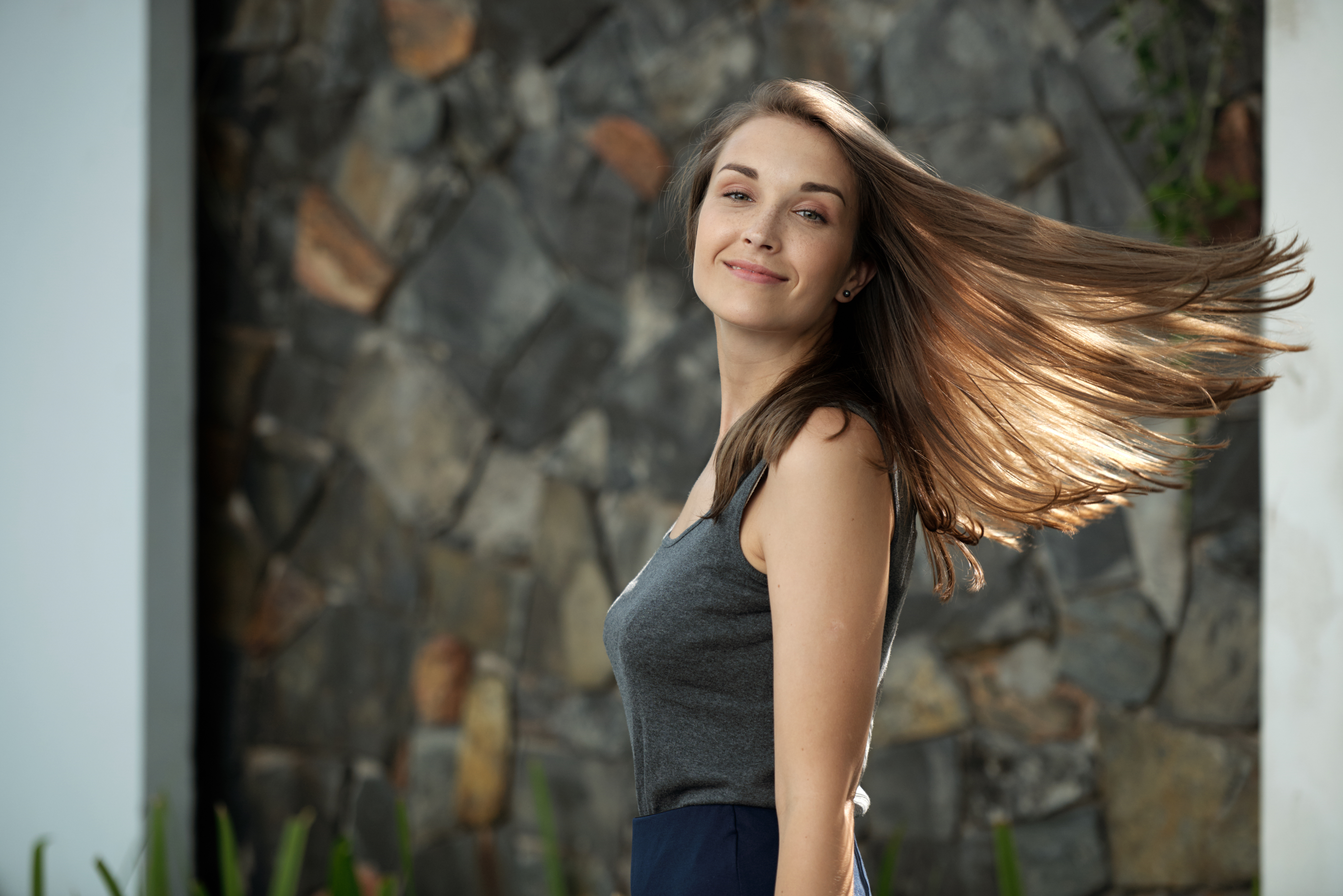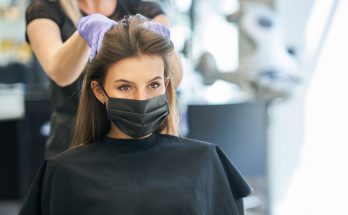I have regular dandruff, and I also have eyebrow dandruff (or “seborrheic dermatitis,” if you want to get clinical). A flaky, itchy scalp has been a reality all my life, but it wasn’t until well into adulthood that I finally owned it and bought my first bottle of anti-dandruff shampoo.
I guess I was embarrassed about having to use a special shampoo to get rid of the flakes—and didn’t want anyone who might end up in my shower to see it. And yet, while Head & Shoulders might not be the sexiest hair-care product, the thing is: it works. Surrendering to the fact that I had a chronically itchy mop and deciding not to tolerate little white flakes on my mostly black wardrobe was a major game-changer.
So, when I began developing eyebrow dandruff, I knew I had to take it seriously and nip it in the bud just like I did with my scalp. Here’s what I learned on my quest for flake-free arches.
What’s up with eyebrow dandruff?
What was happening on my brows looked a lot like what had been happening on my head. But I wasn’t sure if eyebrow dandruff was even a thing. At first, I figured the flakes were a result of layering various eyebrow products on top of foundation and powder or that I didn’t apply enough moisturizer before putting on my makeup. Though this may have made the issue worse, upon doing a bit of Googling, I realized it was caused by the same condition that made my scalp flaky: seborrheic dermatitis.
What is seborrheic dermatitis, exactly? The skin condition leads to redness, dryness, itchiness, and scaly patches on the head. It shows up on the scalp most often because the area tends to be the oiliest, but it can also affect your eyebrows and other parts of your face. In other words, if it looks like dandruff, it’s probably dandruff. While the cause of seborrheic dermatitis is unclear, some skincare scientists (AKA dermatology researchers) believe a fungus called Malassezia contributes to the condition.
When I discovered the dandruff on my eyebrows wasn’t really any different than the itchy flakes on my noggin, I supposed I could probably treat it the same way. Yep, I wash my eyebrows with dandruff shampoo.
How to treat flaky brows with dandruff shampoo
If you know how to wash your hair, you can probably figure out how to wash your eyebrows with the same product. In any case, these are my best tips for treating brows with dandruff shampoo.
Find a product you like
This is a good rule of thumb when introducing any new product into your routine. I typically reach for the extra-medicated, really chemically variety, but sometimes, I’ll throw a tea tree shampoo into the mix.
When it comes to treating diagnosable skin conditions, I tend to be skeptical about the effectiveness of earth-sourced formulas. However, tea tree oil’s naturally anti-inflammatory and antifungal properties actually do wonders for tackling flake-causing Malassezia and soothing irritated, itchy skin. Plus, it makes my brows and locks feel nice and luscious.
Do it in the shower
This might seem like a no-brainer, as we’re talking about shampoo here. Though you could wash your eyebrows in the sink when you wash your face, I find it easiest to do in the shower. My dandruff shampoo is already in there, and lathering up my brows at the same time as my hair helps me remember to do it. I typically wash my hair every couple of days, which seems to be often enough to prevent eyebrow dandruff too.
Avoid the eyes!
Those who regularly wash their hair with anti-dandruff shampoo know how much it can sting if it gets into your eyes. Some formulas with tea tree oil and other natural actives are a little gentler, but since your brows sit right above your eyeballs, you still have to be super careful when applying it.
If you’re using a strongly medicated formula (with zinc pyrithione, salicylic acid, selenium sulfide, or coal tar), you can expect a stronger burn if it touches your eyes. I recommend rinsing it off with a big splash of water so it doesn’t run down your face in the shower.
Use a pea-sized amount
Your eyebrows cover just a few inches of ground, so you only need a tiny bit of ‘poo to get the job done; a pea-sized amount is plenty. I squirt a teensy drop onto my hand, divide it evenly between my index fingers, then scrub it back and forth on my eyebrows for about 30 seconds. After that, I squeeze my eyes tightly shut and give my face a good rinse.
As a bonus, washing your arches with dandruff shampoo might even make them grow in faster and thicker—and the same goes for your scalp. Think about it: the healthier your skin, the better chance your hair has at growing. If you’re a recovering over-plucker like myself, this will come as great news.
The apple cider vinegar method
Apple cider vinegar has essentially been around since the dawn of time. From deodorizers, salad dressings, and detergents to pest control, cleaning, and skincare, it has a ton of uses. Dandruff sufferers and people with amazing hair alike use it to clean and add shine to their manes. Since apple cider vinegar is thought to stop Malassezia and other fungi from growing, it’s also used specifically to treat seborrheic dermatitis.
While you can use it in the shower with the same basic method as shampooing your eyebrows, it might be easiest to apply it like a toner. After washing your face like you normally do, add a couple drops of apple cider vinegar to a cotton ball or swab. (You might try diluting it with a few drops of water the first time to make sure it doesn’t irritate your skin.)
Then swipe it over each eyebrow one or two times—no need to rinse. Just like using dandruff shampoo, make sure you don’t get any vinegar in your eyes because it can sting like hell
Farewell, flakes!
As you can see, treating eyebrow dandruff is as easy as wash, rinse, repeat (or dab, swipe, repeat, depending on your method of choice). The best part is that, unlike addressing fine lines, pimples, and other complexion woes, a single application usually does the trick. While you’ll need to continue doing it to keep flakes at bay, you’ll most likely be flake-free the first time you shampoo your brows or tone them with apple cider vinegar.



